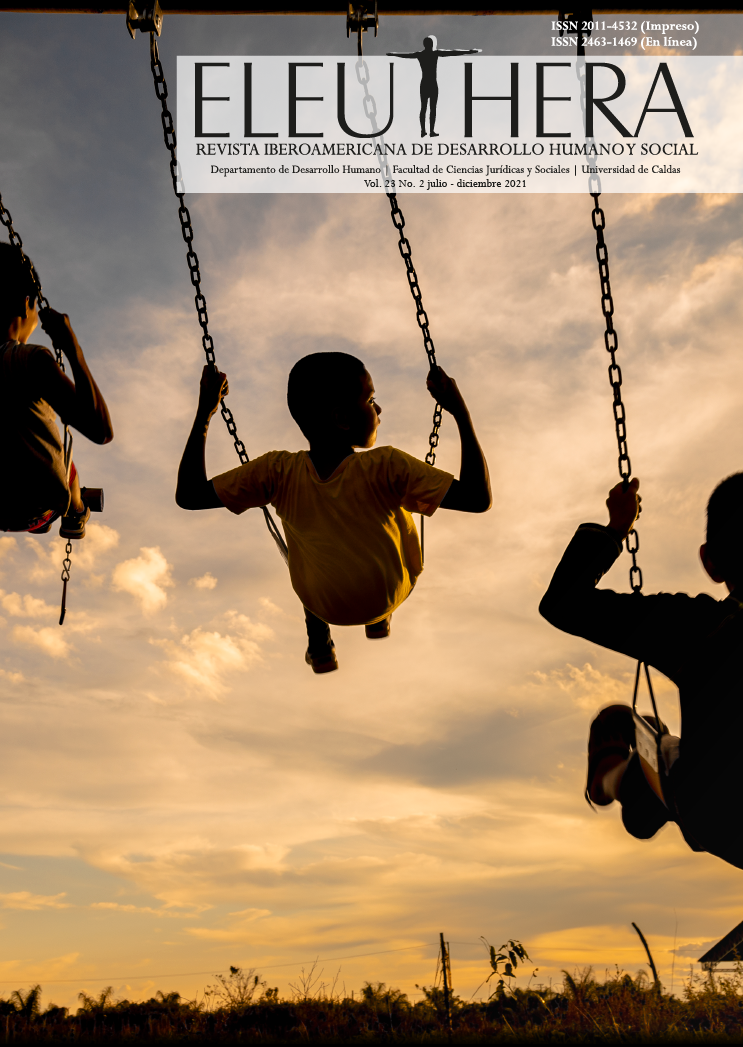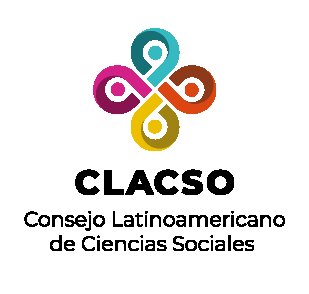Authors
Abstract
Some reflections derived from a research process on political capacities for transitions in the territories affected by the Colombian armed conflict are presented. The phenomenological hermeneutic approach of Paul Ricœur is proposed to make a reading of the community action of the organizations of victims of Samana (Caldas, Colombia). These reflections concern a reading of the community action of the organizations of victims of Samana and La Dorada (Caldas, Colombia) from the phenomenological hermeneutic of Paul Ricoeur. In this way, three symbols for the reading of community action are identified: the subject victim who has become a surviving subject; the emergence of non-hegemonic otherness; and the self as another. It is concluded that the life of the subjects victim associated with this type of organization is mediated by community action and their respective narratives.
Keywords:
References
Bauman, Z. (2009). Ética postmoderna. Siglo XXI Editores.
Das, V. (2008). Sujetos del dolor, agentes de dignidad. Ed Ortega, F. (pp. 15-69). Pontificia Universidad Javeriana, Universidad Nacional de Colombia.
Duarte, C., López, C., Ochoa, P. y Salazar, P. (2020). Acción colectiva, antagonismos y resistencia comunitaria en el conflicto socio-territorial de Freirina. Revista Eleuthera, 22(2), 170-188. DOI: 10.17151/eleu.2020.22.2.11.
García, P. (2013). Sí mismo para otro. Un debate sobre ética e identidad en Emmanuel Levinas y Paul Ricoeur. Franciscanum. Revista de las Ciencias del Espíritu, 55, 105-126.
Lindon, A. (1999). Narrativas autobiográficas, memoria y mitos: una aproximación a la acción social. Colegio Mexiquense. Economía, Sociedad y Territorio, II(6).
Lugo, V., Sánchez, P. V. y Rojas, C. (2018). La restauración con sobrevivientes del conflicto armado en Colombia: una propuesta de acción psicosocial. Revista Eleuthera, 19, 55-73.DOI: 10.17151/eleu.2018.19.4
Ricœur, P. (1970). Freud: una interpretación de la cultura. Siglo XXI Editores.
Ricœur, P. (1975) «Parole et symbole», en Revue des Sciences. Religieuses 49, 142-161.
Ricoeur, P. (1995). Tiempo y Narración I. Siglo XXI Editores.
Ricœur, P. (1995). Tiempo y narración. Configuración del tiempo en el relato histórico. Siglo XXI Editores.
Ricœur, P. (1996). Sí mismo como otro. Siglo XXI.
Ricœur, P. (1997). Hermenéutica y semiótica. Cuaderno gris, 2, 91-106.
Ricœur, P. (2006). La vida: Un relato en busca de narrador. Ágora, 25 (2), 9-22.
Ricœur, P. (1999). Historia y Narratividad. Paidós.
Ricœur, P. (2003). «Existencia y hermenéutica», en El conflicto de las interpretaciones. Ensayos de hermenéutica, Buenos Aires: Fondo de Cultura Económica.
Ricœur, P. (2006). Caminos del Reconocimiento. Tres Estudios.
Solares, B. (2002). El Dios andrógino: la hermenéutica simbólica de Andrés Ortiz- Osés. Facultad de Ciencias Políticas y Sociales-CRIM (UNAM).
Taieb, O. (2017). Le cercle de la mimesis entre les histoires des patients et les modeles des professionnels, en La narrativité. Racines, enjeux et ouvertures. (Paris: In press).

 pdf (Español (España))
pdf (Español (España))
 FLIP
FLIP
 Perfil Google Scholar
Perfil Google Scholar

























